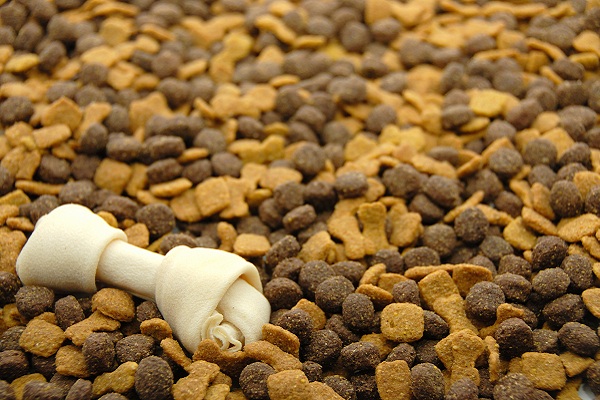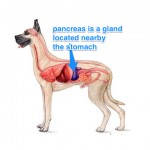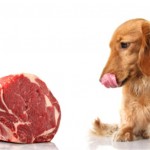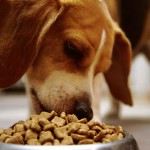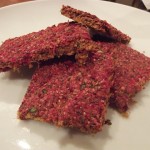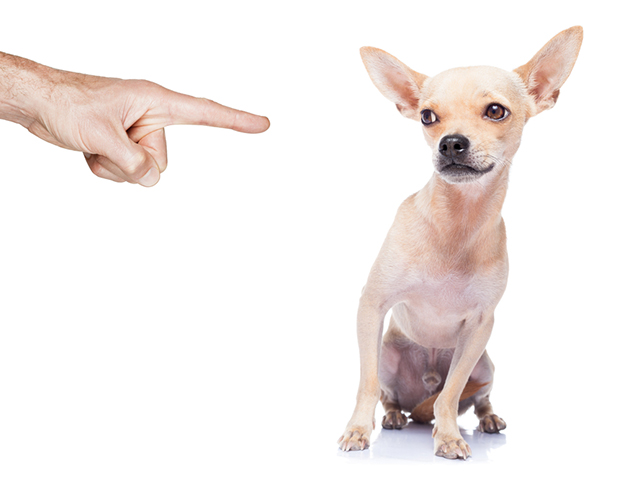Pet food is a multi-billion dollar industry. There are some companies who genuinely care about the health and well-being of the pets they impact. There are others companies whose sole purpose is to generate the biggest profit they can. While using cheap ingredients and cutting corners is one way get ahead, another is to generate misleading and fraudulent advertising to deceive their customer base. Here are some of ways that pet food companies trick their customers:
Hormone Free & Antibiotic free
All meats that are fit for human consumption MUST come from USDA facilities, and some pet food companies (including BARF World) use only meat that comes from this trusted source. The USDA has stringent testing procedures in place for all animals that arrive at their facilities, and none may test positive for chemicals. Since many of these chemicals can be flushed from the system in 30-60 days, the animal is simply not injected for that period of time prior to arrival. So while the animal may have been given hormones at some point, there are no traces in the body when the animal arrives for processing. Many companies claim to be hormone-free & antibiotic-free on their packaging, but not all of them really mean it. Rob even knows of a competitor who makes the claim “contains hormone-free/antibiotic/free meat” if as little as 1 lb. of meat from a 1500 lb. batch meets the criteria, regardless of the quality of the rest of the product. This statement is misleading, and intended to give the customer a false sense of security.
Made with organic ingredients
Technically speaking, in order to be able to include this on a label, a product needs to contain only 70% organic material. The other 30% can be made up of artificially synthesized ingredients. This method of processing is not what we think of when we hear the word” organic”. There are companies that use the terms “made with organic ingredients” or “made with organic vegetables”, which does not necessarily mean that the meat is organic at all. These companies count on people to simply scan the packaging for the word “organic”, and keep their fingers crossed that the customer will not read beyond that. One other important thing to note is that the difference between hormone-free/antibiotic free and organic is small…much smaller than public perception. The most important thing is to make sure that there are no chemicals in the food, and both types of meat meet that standard. I mention this only because 100% organic ingredients are extremely difficult to find. The reality of the situation, though, is that if you want 100% organic food, you are going to pay a premium for it (or grow it yourself).
Order of ingredients
It is important to note that ingredients are listed in terms of weight, not volume. In other words, a bag of food could be mostly fillers, but the chicken is listed as the primary ingredient simply because it has a higher weight. Allow me to illustrate further. For example, Let’s say that you picked up a large sack filled with feathers, and at the bottom of all the sack, there is a brick. If there was a list of contents on the back, the brick would be listed first because it weighs more than the sack full of feathers, despite the fact that the feathers comprise the majority of the space in the sack. When you read a pet food label, the first ingredient should be a protein source. If you are seeing any grain (rice, wheat, corn) or starch (potato, sweet potato, yam), know that this is designed to make your dog feel full, but that your dog will also have a more difficult time digesting it, and will not have proper nutritional balance. This can cause serious long term problems, but that is a story for another day. Also be aware these ingredients will comprise a large portion of the diet by volume, even if a meat source is listed first.
Protein Meal
Many dog food companies will use chicken meal, lamb meal, or some other kind of meal in their products. Many people do not know what the difference between chicken and chicken meal is. Most “meal” is rendered. The rendering process includes taking fat trimmings from cuts of meat, chopping them finely, heating them, and spinning them in a centrifuge to separate the water and the fat from the product. The result is protein meal. The scary part about this is that not all protein meal comes from the source you think it does. When vets have to euthanize a dog, many use a drug called Pentobarbital. While some owners choose to bury or cremate their dogs, others leave the animal with the vet. These animals have to go somewhere, right? Indeed they do…they are sent to rendering plants. That’s right…some of the protein used to make meal can come from euthanized dogs. Furthermore, the Pentobarbital does not completely break down during the heating process, so traces of the drug can be found in protein meal. Some of these facts are really scary.
Source:
Evan Price is a Raw Diet Educator. He is a true dog lover at heart with a particular interest in Daschunds. Evan is also an avid sports enthusiast and bridge player.
Robert Mueller, BSc, Pharm. is a registered pharmacist, author of “Living Enzymes: The World’s Best Kept Pet Food Secret”. He and his wife love to travel around the world with their dog, Moxie – a Yorkshire Terrier/Maltese mix.

